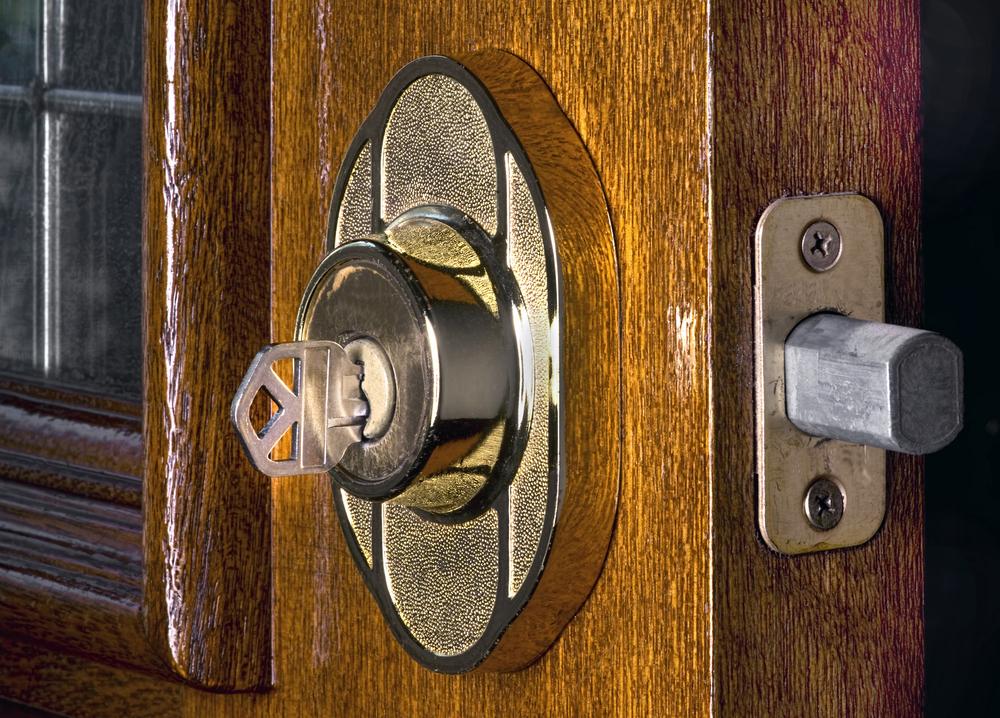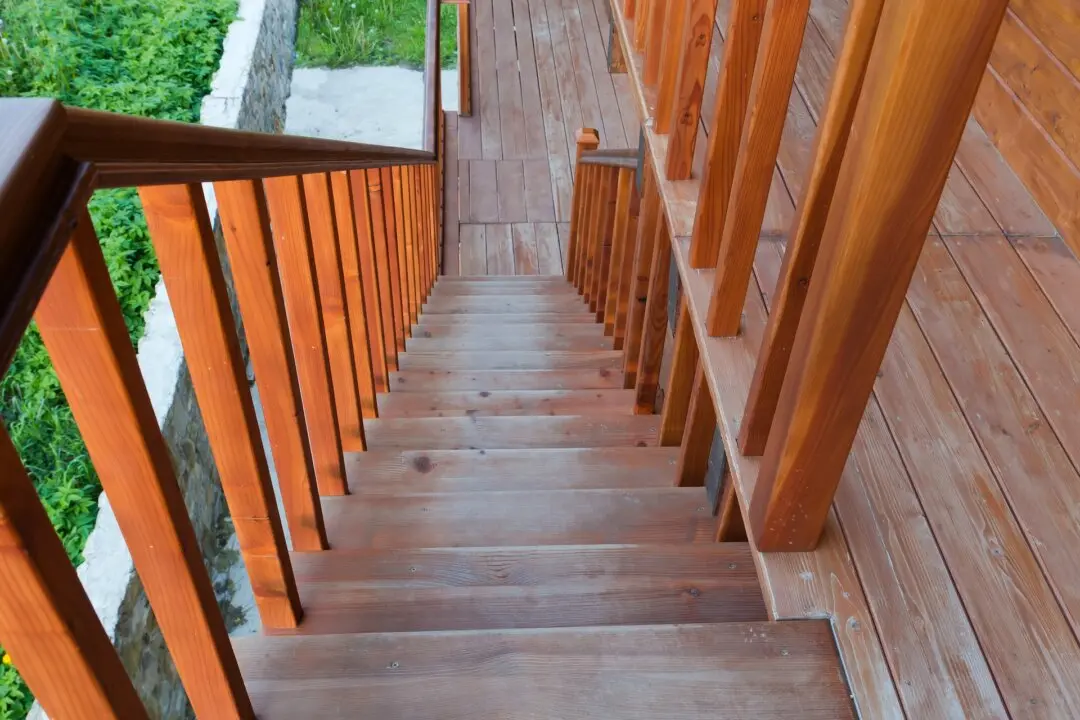Dear James: The old deadbolts on my front and side doors are difficult to turn with a key or from indoors. What maintenance is needed, and can I do it myself? —Mike L.
Dear Mike: For security reasons, it is important for the deadbolt to extend completely into the doorjamb, so you should fix the deadbolts. This makes it much more difficult for someone to break into your house through the door. Having to use excessive force to turn the key can actually make it break off inside the lock.





